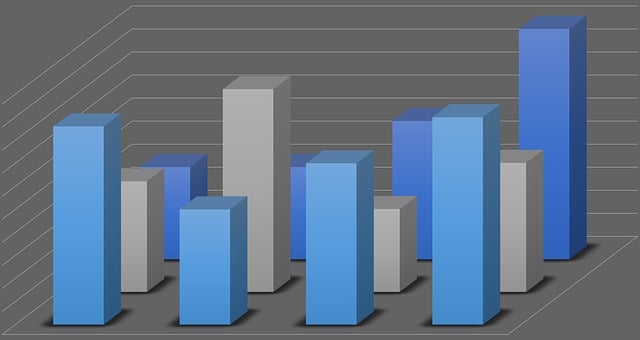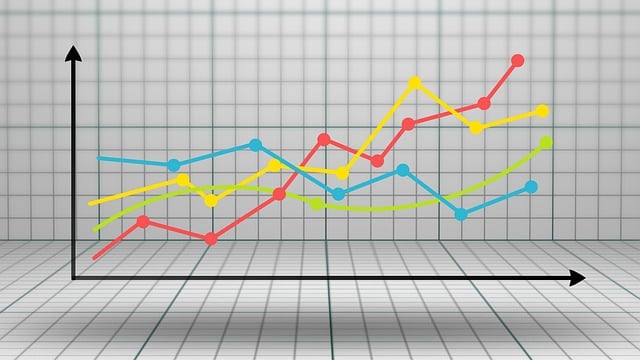In real estate, comparable sales analysis is a proven method for accurately valuing properties by comparing recent nearby sales of similar homes. Professionals gather data from MLS and public records, focusing on shared characteristics like size, bedrooms, age, and location. They then analyze sale prices, closing dates, and unique circumstances to understand market trends. This process informs competitive listing prices and strengthens negotiation positions in a dynamic real estate market.
In the dynamic world of real estate, setting the right listing price is a crucial step towards a successful sale. This process, known as comparable sales analysis, involves reviewing recent home sales data to understand market trends and determine optimal pricing. By examining similar properties in the vicinity, agents can interpret findings to set accurate listing prices, ensuring both competitive edge and swift transaction. This comprehensive guide delves into each step of the process, offering insights for real estate professionals.
Understanding Comparable Sales Analysis in Real Estate

In real estate, comparable sales analysis is a critical tool for evaluating property values. It involves comparing a specific home with similar nearby properties that have recently sold. By examining these comparable sales, real estate agents and appraisers can assess market trends, identify patterns in pricing, and determine the value of a given property. This method ensures an accurate estimation of a home’s worth based on actual transactions within the same area.
This analysis considers various factors such as location, size, age, condition, amenities, and recent market conditions. By matching these attributes, real estate professionals can find ‘matches’ that best represent the subject property. These comparable sales provide insights into what buyers are paying for similar homes in the neighborhood, helping to set a competitive listing price and facilitate successful negotiations.
Gather and Review Recent Home Sales Data

When reviewing comparable home sales in real estate, the first step is to gather relevant data. This involves scouring local multiple listing services (MLS) and public records for homes that have recently sold within a specific area or price range. The key is to find properties that share similar attributes with the subject property, such as size, number of bedrooms and bathrooms, age, features, and location.
Once collected, review the sales data thoroughly. Pay close attention to sale prices, closing dates, and any special circumstances surrounding the sales, like foreclosure or short sales. Compare these figures against the current market trends in the area to gain a deeper understanding of the property values. This process ensures an accurate assessment of comparable sales, which is crucial for setting a competitive listing price in real estate.
Interpreting Findings to Set an Accurate Listing Price

When reviewing recent comparable home sales, real estate professionals can gain valuable insights into setting an accurate listing price. By analyzing similar properties that have sold in the area, factors such as square footage, number of bedrooms and bathrooms, age, condition, and amenities can be considered. These findings provide a benchmark to understand the current market value of a property.
Interpretation of these data points is crucial. While comparable sales offer a strong foundation, other variables may influence the final listing price. Local market trends, demand for specific types of homes, and even seasonal fluctuations can impact pricing. Therefore, combining the insights from comparable sales with a deep understanding of the local real estate landscape enables agents to set a competitive and accurate listing price that maximizes selling potential in today’s dynamic market.






